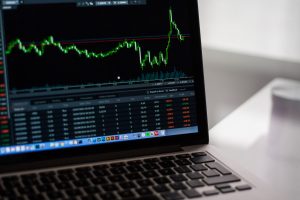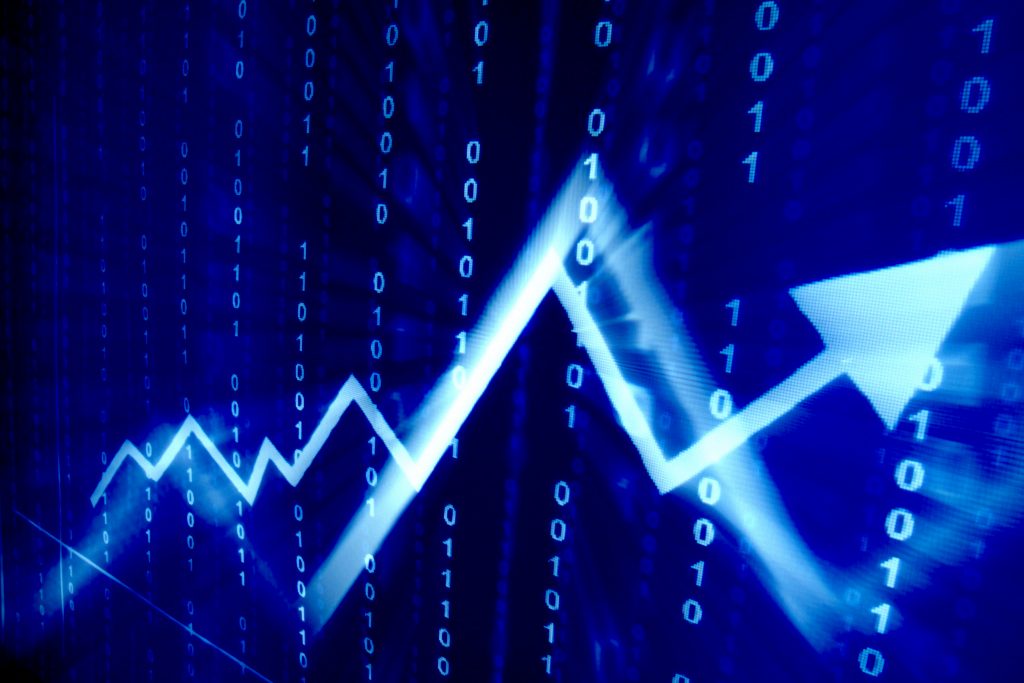
Slippage is one of the many bits of lingo you’ll often hear investors speak about when they are trading in the forex market. Like any niche industry, the world of forex & CFD trading is filled with a variety of acronyms and terminology that can often be confusing to newcomers.
One of the reasons we created our Forex Trading Glossary is to help new traders more easily navigate the many new terms and industry jargon they will come across when trading forex & CFDs. If you find this article helpful, make sure to check our glossary for more answers to your questions. Getting back to the subject of When it comes to the concept of slippage, it turns out that it’s not as complicated of as you may have initially thought.
For those curious about understanding the meaning of slippage in the forex market, we’ll demystify the concept by providing some basic examples to help drive across the point. Let’s start by defining what slippage is.
How is Slippage in the FX Market Defined?
A simple definition of slippage in the forex market is the execution of a market order, or stop order at a different price than what was requested by the trader. For example, let’s say you decide to buy EUR/USD at the current market price of 1.2500 but your trade gets executed instead at 1.2510 (10 points worse than the requested price). In this hypothetical example, you experienced 10 points of what we’ll refer to as negative slippage.
Due to the fact that the order in the example above was not filled at the requested price, rather a price that was slightly worse, is why this concept is known as slippage. It’s important to highlight that slippage doesn’t always have to be negative. In fact, slippage can work in the favor of traders as well. The most common form of what’s referred to as positive slippage often happens when using limit orders, something we’ll discuss at greater length in a little bit.
Why Does Slippage Occur When Trading Forex & CFDs?
Slippage is common in all markets, not just the forex industry. Those new to forex trading, however, will often associate slippage with broker manipulation. Now, it happens to be correct that unregulated forex brokerages are often guilty of fixing the market against their clients, however, it would be wrong to assume slippage is ever and always a manipulative tactic used by greedy brokers. As mentioned, this is a concept not limited to the FX market but all types of trading products such as futures, stocks, and bonds.
The reason slippage occurs is the fact that there simply is not an unlimited amount of liquidity, also known as pricing availability, at each specific price level in the FX market, or any market for that matter. When there is no supply, also known as liquidity, at the price rate you’ve requested, then the market must adjust to the next available price level.

Understanding the Meaning of Slippage in the Forex Market
Now that we have defined slippage, an example should help to better understand how this concept works in practice. When trading currencies, the interest rate that central banks offer has a significant impact on the future price of the asset. The reason is that as the interest rate rises, it becomes advantageous to shift money into the currency offering a higher yield and away from a currency offering a less competitive yield.
Because of this simple fact, currency prices will often exhibit extreme movements when central banks either lower or raise their interest rates. For example, let’s imagine you were trading GBP/USD just minutes before a scheduled interest rate announcement. Before the news, the price of GBP/USD was at 1.3700. The announcement is then released, namely that the Bank of England increased their target rate by 75 basis points, sending GBP/USD to 1.4000 in a matter of seconds.
The hiking of interest rates is bullish news for a currency, which is why the price of the British pound went up in our example. With such positive news, would you consider selling GBP/USD? Obviously not. This is why the price spiked, or jumped all the way to 1.4000
It’s clear that selling at 1.3700 makes no sense but at some point the price will become too high, prompting sellers to enter the market. Given the example above, how does slippage factor into the equation?
Well, If you were attempting to trade around this news announcement, you’d most likely experience slippage. Why? Because nobody would be willing to sell to you at 1.3700 for the reasons previously mentioned. The way all markets function is that if you want to buy, you must find a seller, and vice versa. For this reason, if you had a trade at 1.3700 and attempted to place a buy order around the announcement, you most likely would have experienced slippage, and as a result received a worse price for your order.
The example above illustrates one of the main reasons why placing trades around news announcements can be highly risky. As a final thought, if you had set a limit or take profit order in same example, you may receive what’s known as positive slippage because the order would be closed at the next available price, which often is better than the price you requested.
Do You Require Further Guidance? Don’t Hesitate to Contact Our Team of Forex Industry Consultants Today!
We hope the examples in today’s article were useful in helping you to better grasp the concept of slippage when trading forex. If you are interested in learning more about trading the FX market, or are simply looking for a reputable forex broker to open an account with, the Forex Consulting team is more than happy to assist you further.
To schedule a call with one of our seasoned FX consultants, don’t hesitate to reach out to us today!



